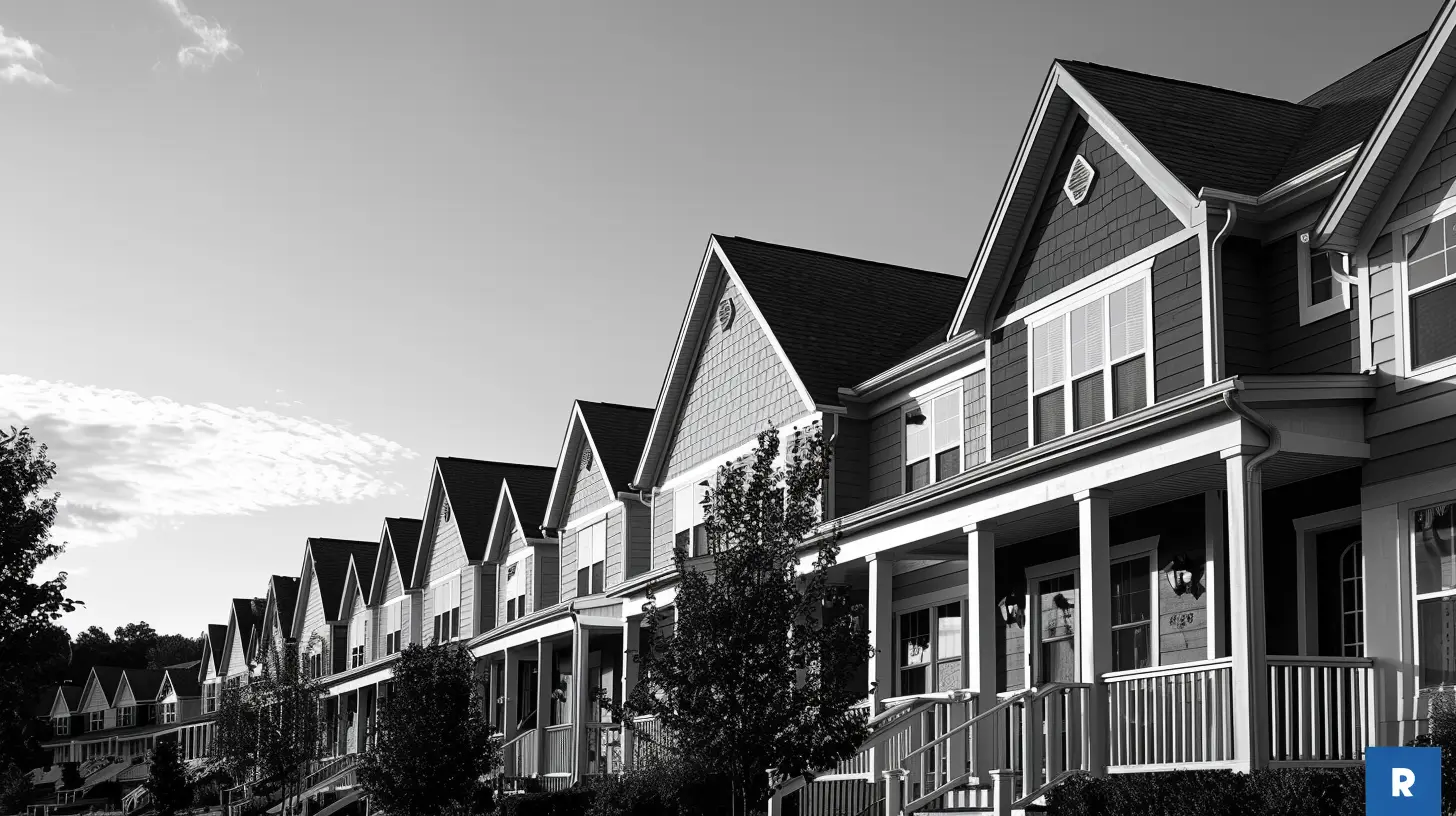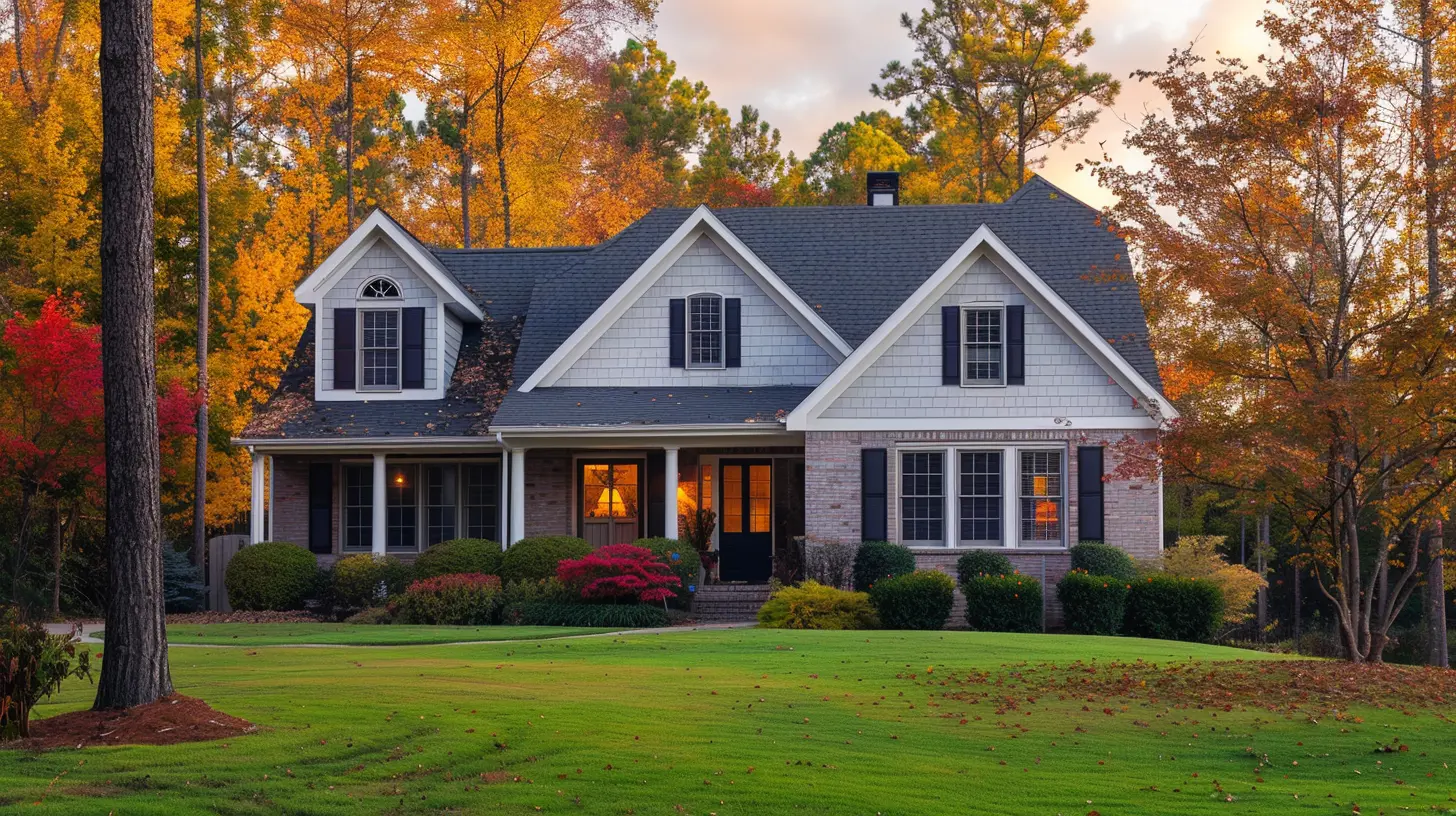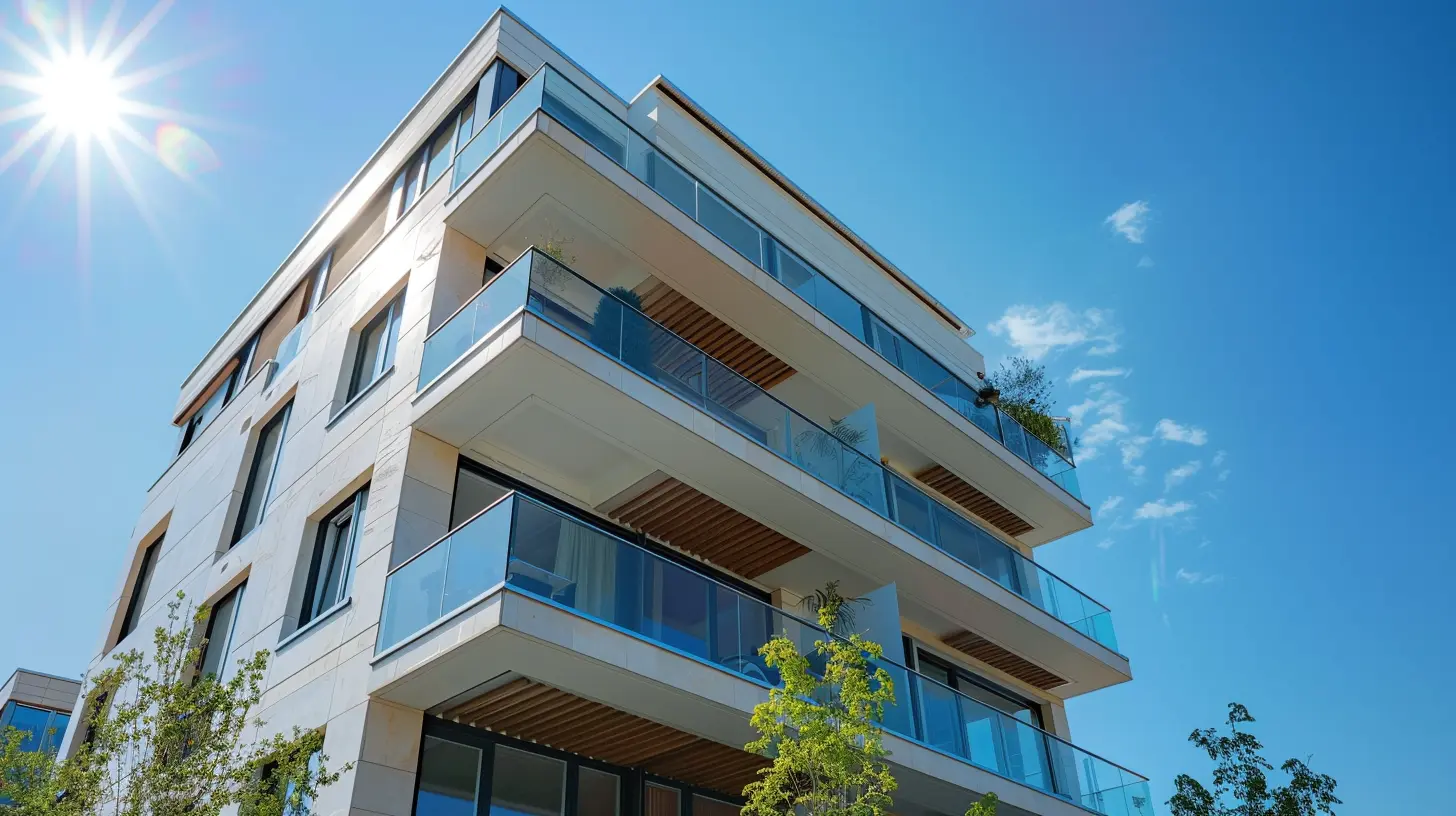Understanding Cap Rates and Their Role in Investment Decisions
14 August 2025
Investing in real estate can be one of the most rewarding financial moves you ever make, but understanding the numbers behind your investment is crucial. One of the most important metrics that real estate investors use to evaluate potential deals is the capitalization rate, or cap rate for short.
But what exactly is a cap rate, and why does it matter? In this guide, we’ll break it down in simple terms, show you how it's calculated, and help you understand how it can impact your real estate investment decisions. 
What Is a Cap Rate?
At its core, a cap rate is a quick way to measure the potential return on a real estate investment. It helps investors determine how profitable a property is likely to be.The cap rate is expressed as a percentage and is calculated using this formula:
Cap Rate Formula
\[ext{Cap Rate} = \left( \frac{ ext{Net Operating Income (NOI)}}{ ext{Purchase Price or Market Value}} \right) imes 100
\]
- Net Operating Income (NOI) – This is the annual income a property generates after deducting operating expenses but before debt payments.
- Market Value/Purchase Price – This is either the price you pay for the property or its current market value.
Example Calculation
Let’s say you purchase a rental property for $500,000, and after operating expenses, it generates $50,000 in annual net operating income.\[
ext{Cap Rate} = \left( \frac{50,000}{500,000} \right) imes 100 = 10\%
\]
This means the property has a 10% cap rate, which gives you an idea of the return you might expect on your investment. 
Why Are Cap Rates Important in Real Estate Investing?
Cap rates play a crucial role in assessing a property's risk and return potential. Here’s why they matter:1. Helps Compare Investments – Cap rates allow investors to compare different properties regardless of their price. A property with a higher cap rate typically offers better potential returns but may come with more risk.
2. Indicates Risk Level – Generally, a higher cap rate suggests a riskier investment, while a lower cap rate indicates a safer but potentially lower-yielding investment.
3. Guides Pricing Decisions – Understanding cap rates helps investors determine whether a property is fairly priced or overpriced based on expected income.
4. Market Trend Indicator – Cap rate trends can reveal insights into the real estate market. If cap rates are rising, it may indicate falling property values, whereas declining cap rates can signal strong demand. 
What Is a Good Cap Rate?
One of the most common questions from new investors is, “What’s a good cap rate?” The answer depends on several factors, including location, property type, and market conditions.General Cap Rate Guidelines
- 5% – 7% Cap Rate: Generally considered a safe and stable return, often found in established markets with strong demand.- 8% – 12% Cap Rate: A higher cap rate, often seen in emerging markets or properties needing more management and potential risk.
- Above 12%: High-risk investments, often associated with distressed properties or underdeveloped areas.
While a higher cap rate can seem attractive, it’s essential to balance return vs. risk. Properties in prime locations tend to have lower cap rates but offer long-term stability. Meanwhile, higher cap rates might come with more unpredictable factors such as vacancies, maintenance issues, or economic downturn risks. 
Factors That Influence Cap Rates
Several key factors influence cap rates, and as an investor, you need to consider all of them before making a decision.1. Location
The single most important factor in determining a property's cap rate is its location. Properties in major cities or high-demand areas tend to have lower cap rates because they are less risky and provide steady rental income.Conversely, properties in less desirable or high-risk areas often have higher cap rates because demand is lower, and risks are higher.
2. Property Type
Different property types carry different levels of risk and return.| Property Type | Typical Cap Rate Range |
|----------------------|----------------------|
| Multifamily Homes | 4% – 10% |
| Office Buildings | 5% – 12% |
| Retail Properties | 6% – 12% |
| Industrial Properties | 6% – 14% |
| Hotels | 8% – 15% |
3. Market Conditions
Market trends play a huge role in cap rates. Economic downturns, mortgage rates, inflation, and supply & demand all impact property values and rental income.When interest rates rise, investors tend to demand higher cap rates to offset financing costs. Conversely, when interest rates are low, cap rates might shrink as investors are willing to pay more for properties.
4. Property Condition & Management
A well-maintained property with professional management will typically have a lower cap rate because it’s a safer investment. Meanwhile, an older property with outdated infrastructure might have a higher cap rate due to increased maintenance and operational risks.Limitations of Cap Rates
While cap rates are a valuable tool, they are not the only factor to consider when evaluating an investment. Here’s why:- Doesn’t Consider Financing – Cap rates don’t factor in debt or financing costs, so they don’t give the full picture of your actual return on investment (ROI).
- Assumes Steady Income – It assumes that rental income remains constant, which isn’t always the case. Market fluctuations, vacancies, or rent control laws can impact income.
- Varies by Market – A "good" cap rate in one city may not be attractive in another. Local market conditions heavily influence cap rate expectations.
Instead of relying solely on cap rates, smart investors also analyze metrics like cash-on-cash return, internal rate of return (IRR), and appreciation potential.
How to Use Cap Rates in Investment Decisions
So, how can you practically use cap rates when evaluating a property?1. Compare Similar Properties
Use cap rates to compare properties in the same market and asset class. This helps ensure you're getting a solid deal relative to other investments.2. Assess Risk vs. Return
If you’re risk-averse, you might look for properties with lower cap rates in stable markets. If you're comfortable with some level of risk, you might chase higher cap rates for higher potential rewards.3. Determine Fair Market Value
Cap rates can help you value a property properly. If similar properties in the area have a 7% cap rate, but you're looking at a property with a 5% cap rate, then you might be overpaying unless other factors justify the difference.Final Thoughts
Cap rates are one of the most useful tools for real estate investors, but they are not the only factor to consider. While they provide insight into profitability, risk, and market conditions, they should always be used alongside other financial metrics.The key to making smart investment decisions is understanding how cap rates fit into the bigger picture. Whether you're a first-time investor or a seasoned pro, always balance risk vs. return, evaluate market conditions, and do your due diligence before making any investment.
Now that you know how cap rates work, you can confidently analyze potential deals and make informed real estate investments.
all images in this post were generated using AI tools
Category:
Investment PropertiesAuthor:

Basil Horne
Discussion
rate this article
1 comments
Halle McCord
Great article! Understanding cap rates is vital for making informed investment decisions. Your insights simplify a complex topic, making it accessible for both new and seasoned investors. Thank you!
August 26, 2025 at 1:00 PM

Basil Horne
Thank you for your kind words! I'm glad you found the article helpful in simplifying cap rates for investors of all levels. Happy investing!


